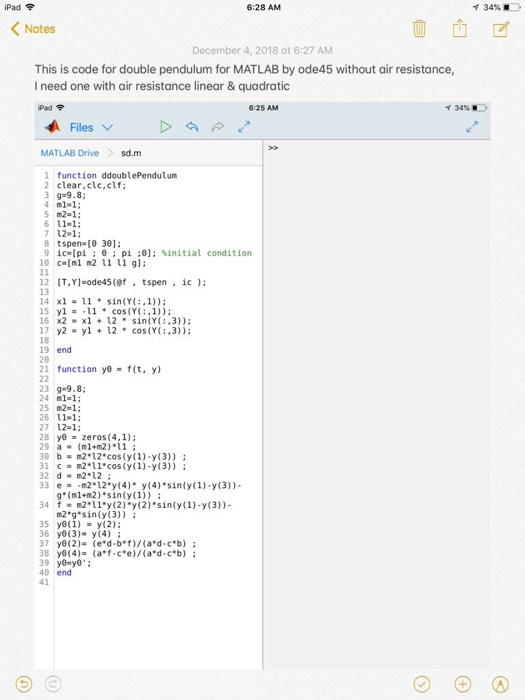

The latter have special domains and center points of the form Taylor models of type 0 are the default, Taylor models of type 1 are used for solving ODEs. Ys_image = ys.image % enclosure of polynomial image p(D-c) ys = Ys_interval = ys.interval % error interval E Ys_coefficient = ys.coefficient % polynomial coefficients p Ys_monomial = ys.monomial % polynomial exponents Technically, the components of a Taylor model read as follows: ys = struct(y) Only for ease of presentation we chose the stated data with wide range. In practice, Taylor models with thin ranges of diameter much less than 1 are typical. The true range R = + E of y is very much overestimated by + E. _ _ _ _ _ _ _Ī quite large enclosure = of the polynomial image p(D-c) = p(D) = is computed automatically. Of degree d = 5, standard domain, standard center point, and error interval can be created as follows: p = % polynomial coefficientsĭim order type iv_mid iv_rad im_inf im_sup This is the big advantage of Taylor models: they allow to enclose higher dimensional shapes with curved boundaries without too much overestimation, see the pictures in Section "Taylor model arithmetic".Īs a first simple example, a Taylor model y with polynomial part This set R is not necessarily convex anymore. Taking a second Taylor model z = (q,D,c,F) with same domain and center point, the range R of the Taylor model vector w = (y,z) is defined by We remark that the polynomial coefficients p_a, the domain bounds u_i, v_i, and the center points c_i are restricted to be floating-point numbers in order to keep them representable on a computer.įor the single Taylor model y = (p,D,c,E) the range is a closed interval. Thus, the enclosure (range) represented by the Taylor model data p, D, c, E enlarges to Moreover, a Taylor model contains an error interval E which absorbs the inevitable rounding and degree truncation errors. For the special case of degree d = 1, standard domain Ds, and center point cs this coincides with the enclosure represented by an object in affine arithmetic with n error terms. Is the enclosure represented by the data p, D, and c. For example, c = u or c = v are also allowed, only c_i must be in. Next, a "center point" c = (c_1.,c_n) in D is fixed which must not necessarily be the exact center (u+v)/2.

Is fixed which is simply an interval vector of length n with interval components, i = 1.,n. Where a = (a_1.,a_n) is a multi index consisting of non negative integerĮxponents a_i and the polynomial coefficients p_a are real numbers.

Of bounded degree d in a fixed number of n variables. The simplest way is to think of a Taylor model as a multivariate, real polynomial p

ODE23 and ODE45 are MATLAB's ordinary differential equation solver functions.


 0 kommentar(er)
0 kommentar(er)
